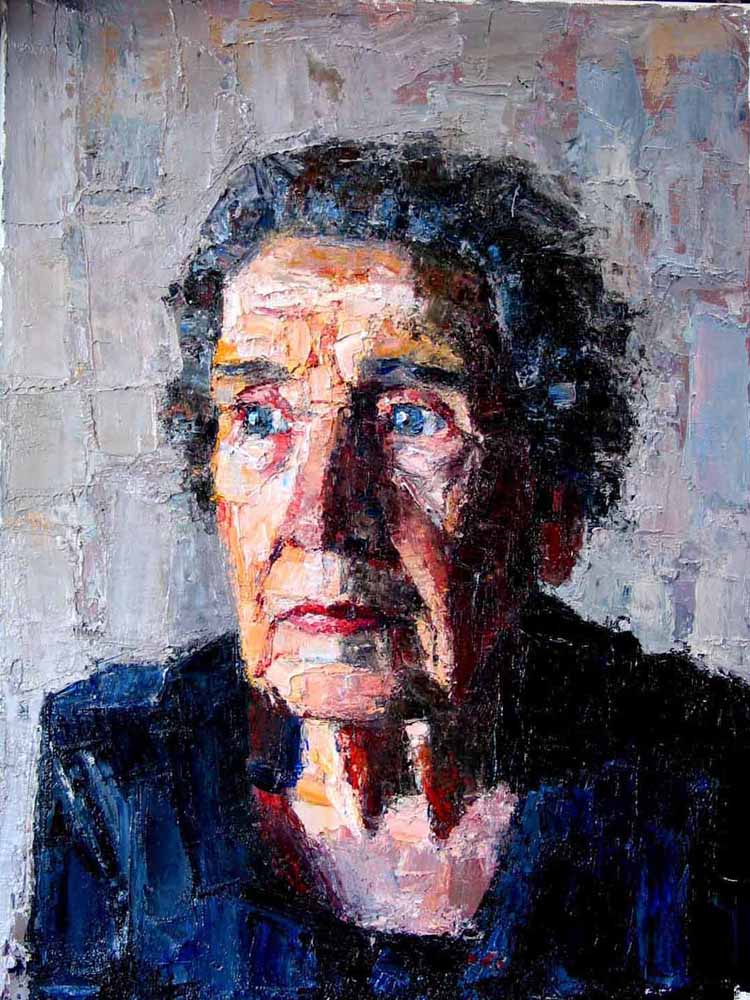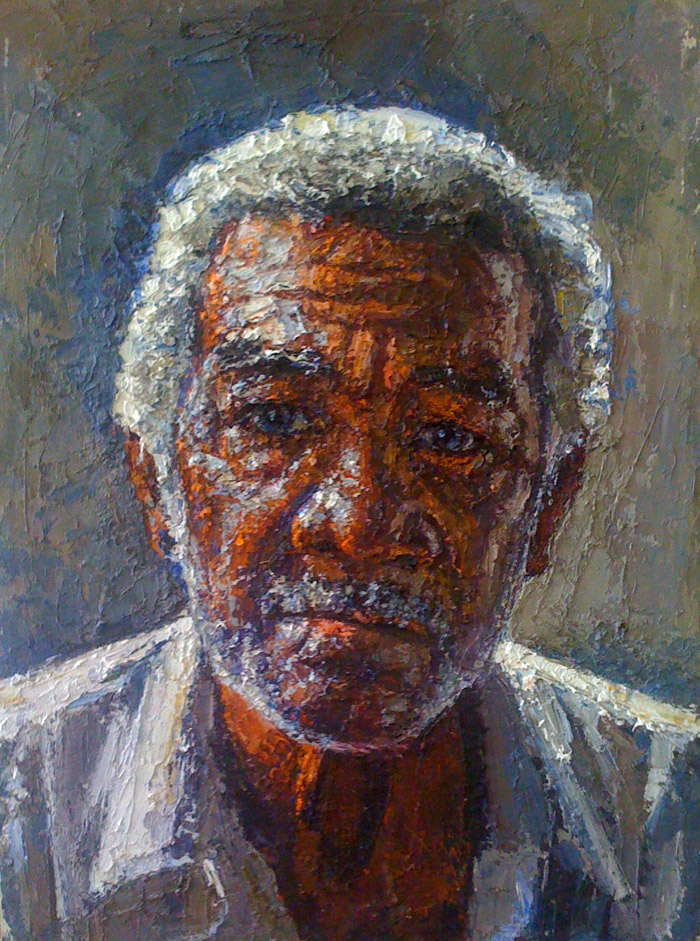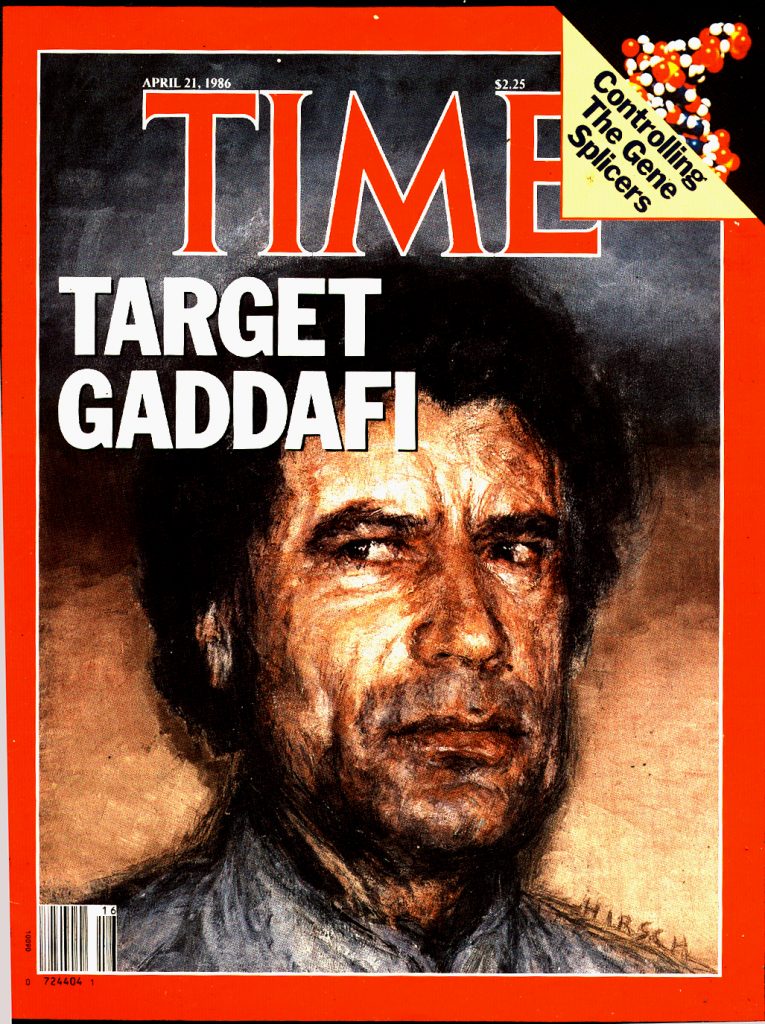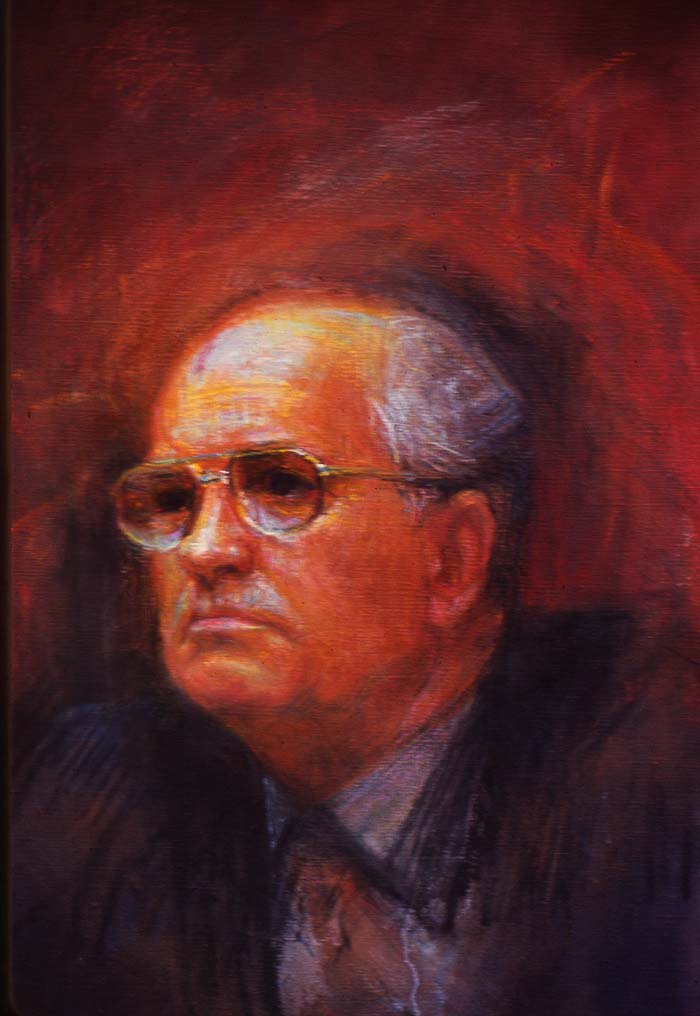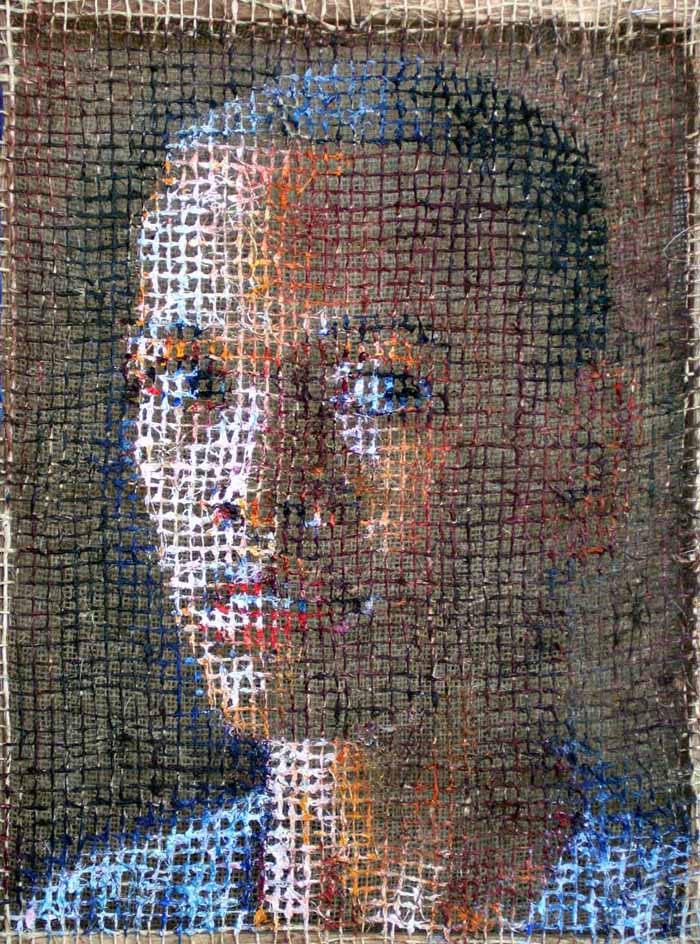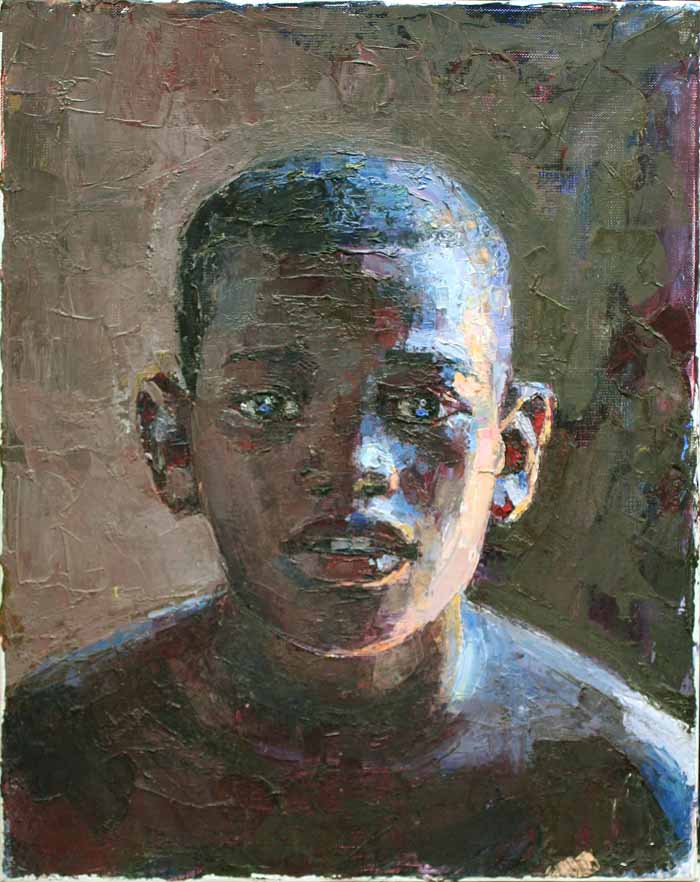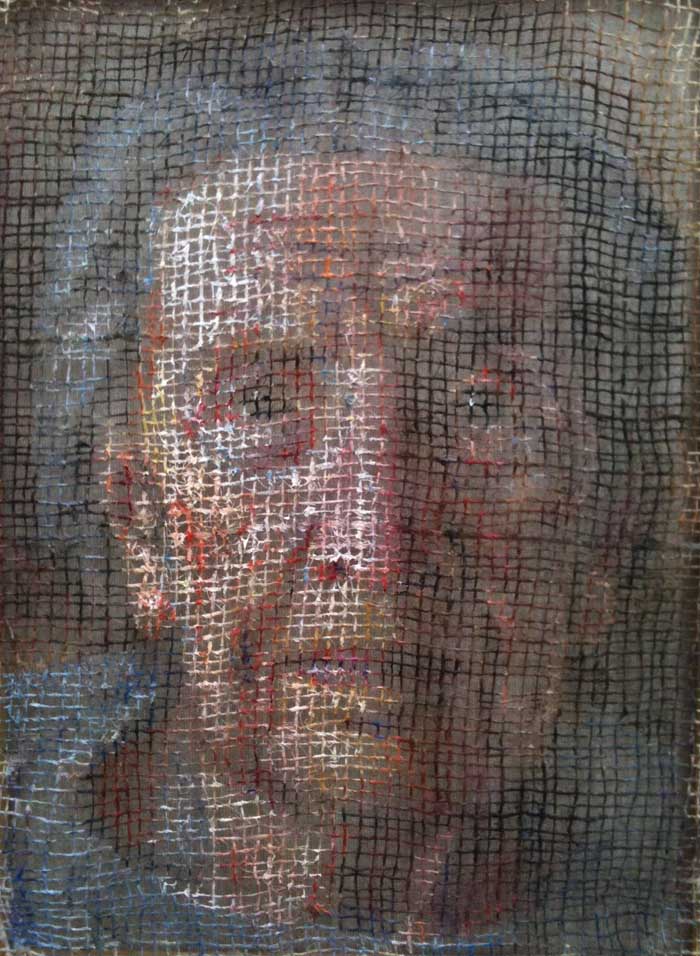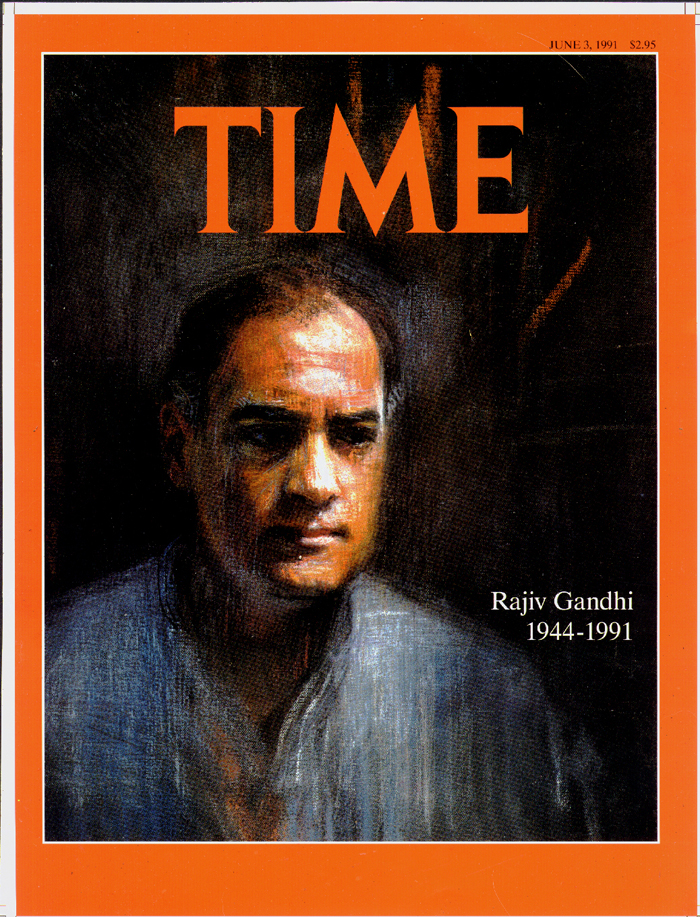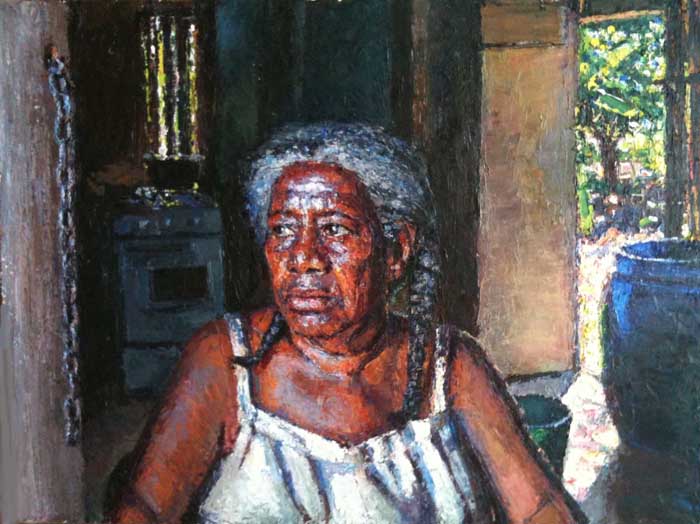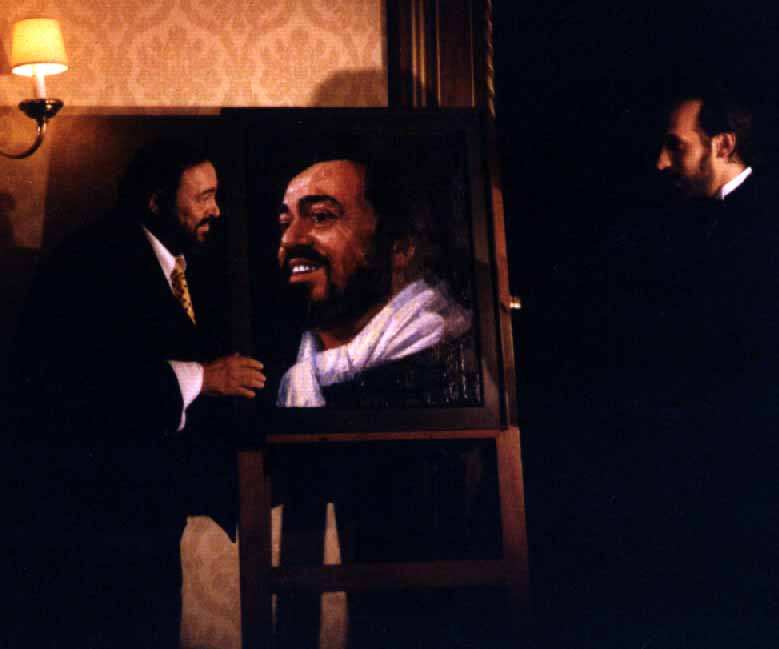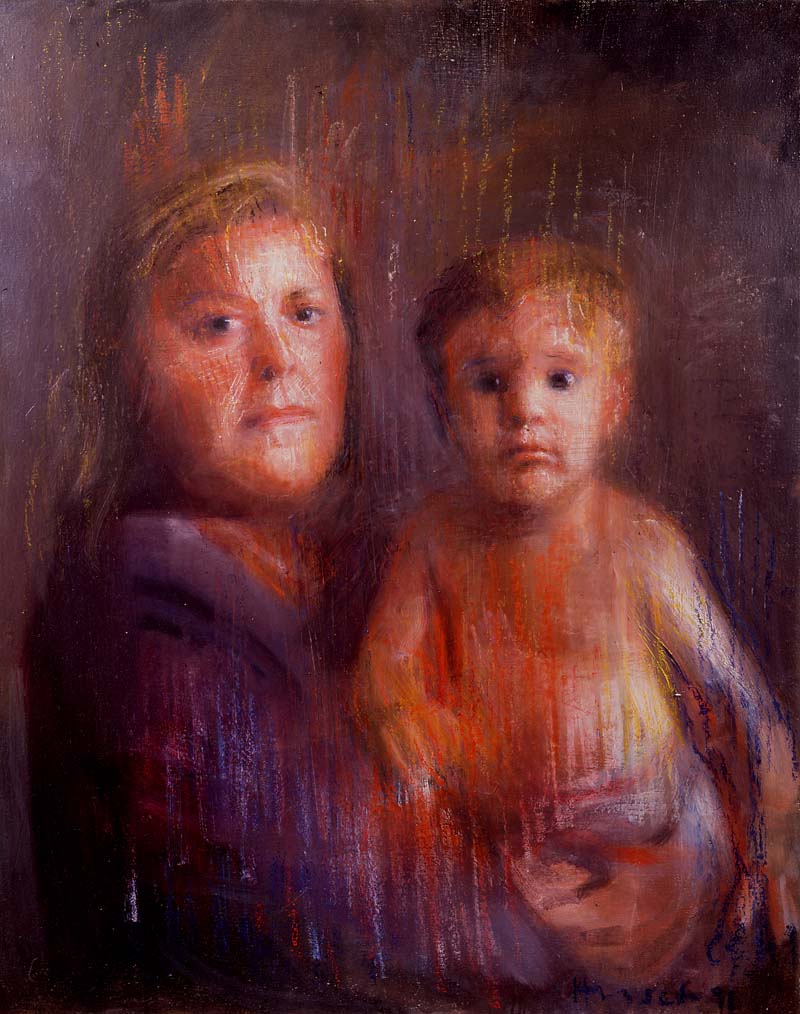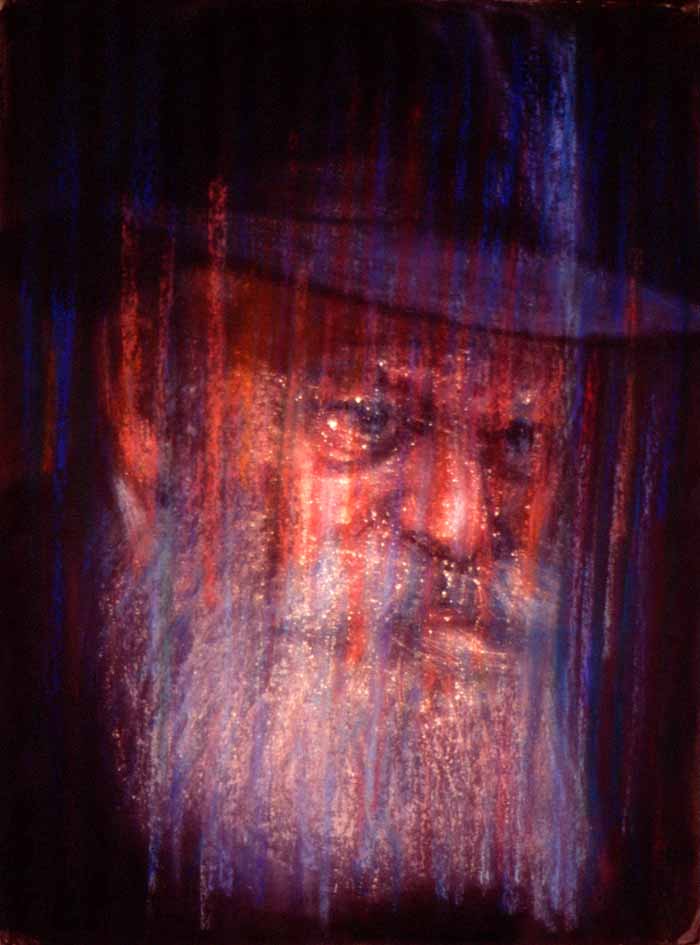About Portrait
Portrait painting is really a process of trying to feel the inner presence of another person. All forms then flow out freely and accurately thereafter. Although it is an individual face, the process becomes universal in that I must find a relevance between my own life at that time and that of sitter. When this connection happens, the process become art.
The face changes continuously, revealing the depth and complexity of the personality. The portrait can contain all these expressions simultaneously, becoming a complete image of the individual. When I am studying a face, I see many different subtle expressions coming through. These are the different aspects of the personality. When I see and feel each one, the final portrait becomes a rich combination of recording these different faces.
The face paints a picture of our natural talents and abilities, emotional history and development; our struggles, triumphs and weaknesses. The eyes are the clearest windows to read these nuances but all facial muscles respond to the degree and frequency of internal emotions.
The face has its own memory: expressions of joy, sadness, anger, etc. modify the face according to their frequency. These muscular stresses tell the real story behind the face.
“Darwin proposed that if the permanent appearance of the face contains any truthful information, it does so because of the frequent use of particular facial movements, presumably in connection with repeated emotional experiences, leading to the development of permanent facial wrinkling. “*
Reading character in faces has traditionally(particularly in the 19th century) been confined to the cataloguing of facial types and feature distortions(hook noses, high fore-heads, round faces, etc.) and stereotypically matched to personality traits. I have found that these cumulative traces of facial expressions, especially when lateralized on either side of the face, provide us with the visual keys to decipher the more subtle and permanent expressions of personality.
* from Paul Ekman 1973
Darwin and Facial Expression

